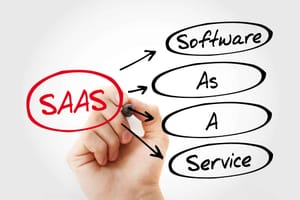We discuss the SaaS business model in detail, finding out how SaaS companies make money, examples of SaaS businesses and how they're different.
Today's article will be a treat for you if you are tech-savvy or into software. As we all know, from the start of the 21st century, digitization has changed the course of the world.
Technological developments have helped us carry out our personal and professional tasks efficiently with the help of software.
But have you ever thought, who is making all this software that we use in our daily lives? Today, we will discuss the SaaS business model in detail so that you know how most of this software is made and surfaced in the market.
The word "SaaS" stands for software as a service. As the name suggests, the SaaS business model represents a business model in which companies develop different software to cater to the needs of other businesses.
SaaS is mainly availed by businesses that want a software for their business but can't make one. They use software made by companies that provide SaaS. You might be thinking about how the SaaS business model helps suppliers to make money.
Well, companies supplying SaaS make money through subscriptions. So whoever wants to use the software made by SaaS companies has to subscribe and pay a monthly fee, and that's how software-supplying companies make money.
The SaaS model was much needed by consumers since it has solved many problems for them. For example, consumers don't have to install the software into their systems. Instead, they can access the software online. This has made it much easier for consumers to use the software since they can now access it from any device.
Moreover, another feature that has attracted consumers is that SaaS stores all the information and data in the cloud. This makes the data much more secure and prevents issues like lack of storage.
The satisfaction level of consumers with the SaaS business model can be observed by the statistic that 80% of businesses use a minimum of one SaaS application.
The first SaaS product can be traced back to 1999 when a company named Salesforce introduced its first customer relationship management software. Initially, SaaS was thought to be a thing for startups, but soon the SaaS industry began to boom.
It is predicted that the SaaS will reach $172 billion in 2022, although it was only $31.4 billion in 2015. Moreover, it is predicted that by 2025, the US will be leading the SaaS industry.
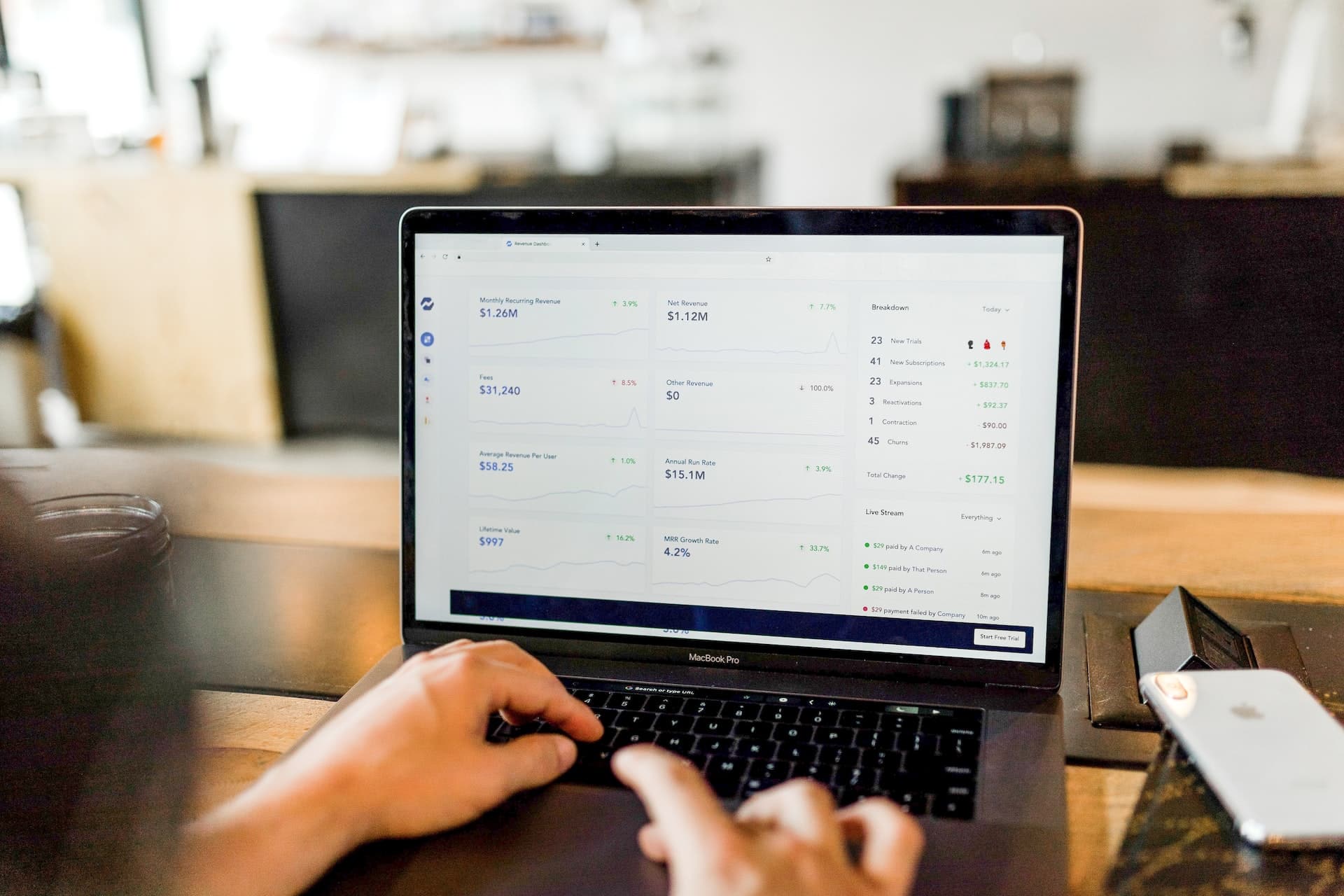
How SaaS Companies Make Money
SaaS companies provide software and applications to other businesses as their potential customers are businesses. However, the question arises of how SaaS companies make money. In short, what is their business model?
In this section, we will discuss how SaaS companies make money.
Subscriptions
SaaS companies are an excellent example of a subscription-based business model. The SaaS model relies on subscriptions to make money. Since the SaaS model is subscription-based, it has recurring revenues.
SaaS companies offer different subscription packages to their customers. Customers subscribe and pay monthly to use the software or applications. SaaS companies generate their revenue through subscription revenue.
Freemium Subscription Model
Another way through which SaaS companies make money is the freemium subscription model. In this model, the software is free for users with limited features. As a result, consumers can use some of the software's features without paying a single penny.
However, consumers must subscribe and pay a specific amount to use all software features. Therefore, this model is a significant source of revenue for SaaS companies as it intrigues consumers and makes them pay to use the full version of the software.
Flat Rate Pricing
SaaS companies use a flat rate pricing strategy to generate revenue. According to this pricing strategy, all consumers pay a fixed price, enabling them to use the software for a specific period.
This pricing model is similar to traditional software licenses. However, some consumers find it accommodating since now consumers don't have to worry about the increased software price shortly.
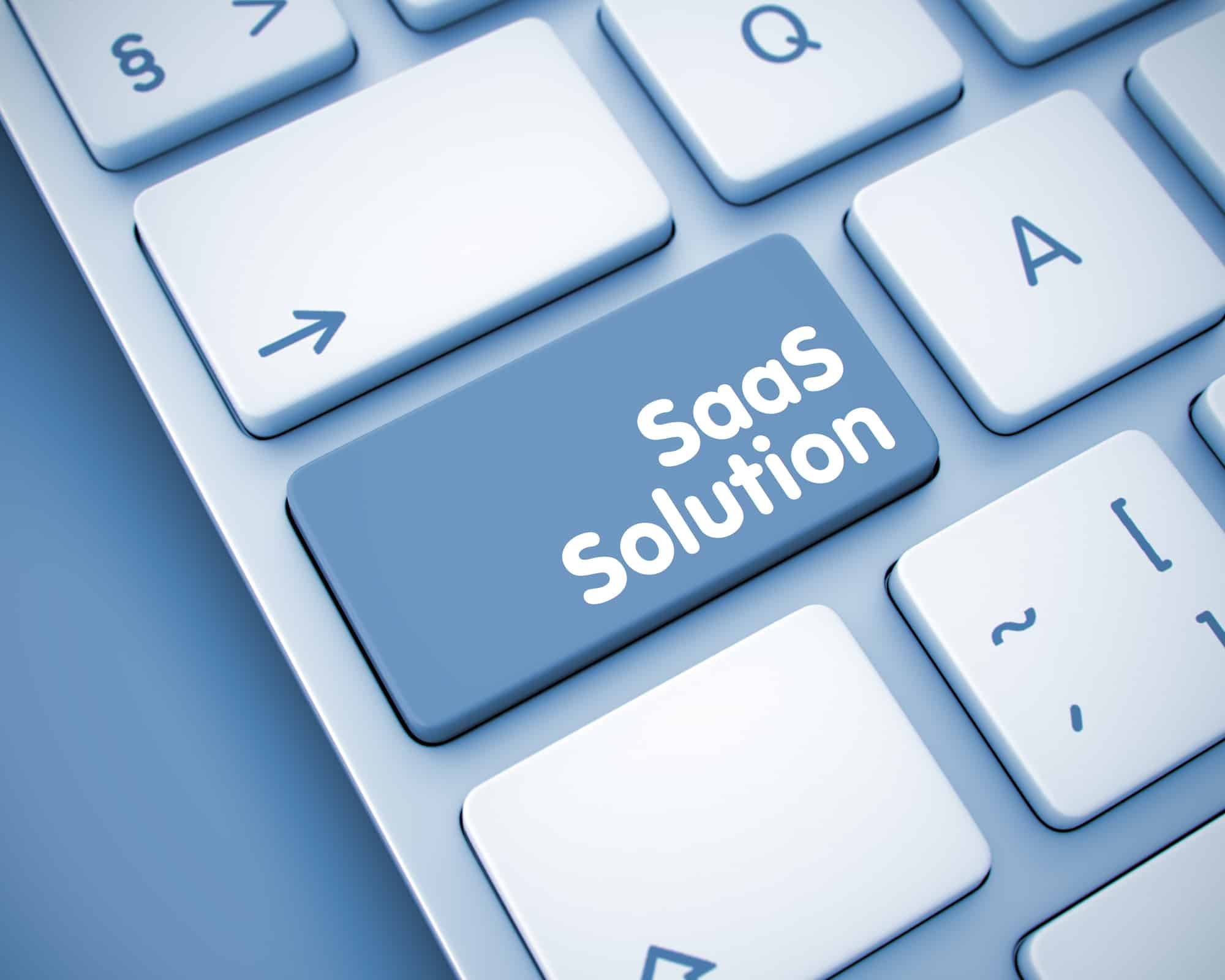
Difference Between SaaS Company and Software Company
Imagine you need managerial software for your business through which your business will be managed in a good way. Now it's your decision whether you want traditional company software or SaaS.
To make the correct decision, first, you should know the difference between these two. Therefore, in this section, we will highlight the difference between SaaS and traditional software.
SaaS Requires No Installation
All the software provided by different companies requires installation, after which they can be used. During the installation process, different problems arise since installing software requires expertise. Moreover, the software can be used only on the system on which it has been installed.
However, SaaS doesn't need an installation, so no installation expertise is required to use it. You just have to log in to your SaaS account on the internet to use it. Moreover, it can be accessed through any device.
Difference In Cost
Businesses are always looking to minimize their costs to increase profit. However, traditional software companies offer high-priced software. Although they usually possess more features, their high price is still unjustified. Businesses also find it challenging to buy software from traditional companies since the payment is to be made at once.
In comparison to that, SaaS are low priced compared to the on-premises. Of course, they sometimes lack various features, but their low price makes up for that. Moreover, to use SaaS, you have to pay a small amount monthly which puts less burden on the business.
Data Storage
Another significant difference between SaaS and software provided by other companies is data storage.
The software purchased from traditional companies stores the data devices. Therefore, in case of any problem with the device, data could be lost. Moreover, a lack of space could become a problem if the data is stored in the device.
Since SaaS operates on the cloud, all the data is stored in the cloud. This secures the data from getting lost. Other problems, such as data storage, don't arise since the cloud has a lot of free storage, and additional space can be bought on the cloud.
Example of SaaS Businesses
SaaS business has now been prospering for around two decades. In this period, many companies have emerged that make and provide SaaS to other companies and help them operate more efficiently.
Salesforce
Salesforce is one of the pioneer companies in the SaaS industry. It was established in 1999, and since then, it has helped several businesses by offering them software.
Salesforce is known for offering quality services. Currently, it offers the world's best consumer relationship management software. This year, it managed to generate revenue of $27.94 billion.
Google G suite
The G suite by Google is one of the recent examples of SaaS that offers a set of tools, including google docs, Gmail, and Hangouts. Google Apps was initially launched in 2006. Later, its name was changed to G suite.
G suite provides services to both businesses and direct consumers. Its services are availed by millions of people, and in 2021, its revenue was recorded to be $19.26 billion.
Netflix
In the present day, who doesn't know Netflix? Every person who has access to the internet is familiar with Netflix. However, Netflix is one prominent example of SaaS. Netflix allows you to stream movies and television shows online after subscription.
Netflix is an example of a B2C business since the service is availed by consumers directly. In addition, Netflix provides the opportunity to watch movies and shows after subscribing to it. Currently, it has millions of subscribers, and in 2021, the revenue generated by Netflix was $30 billion.
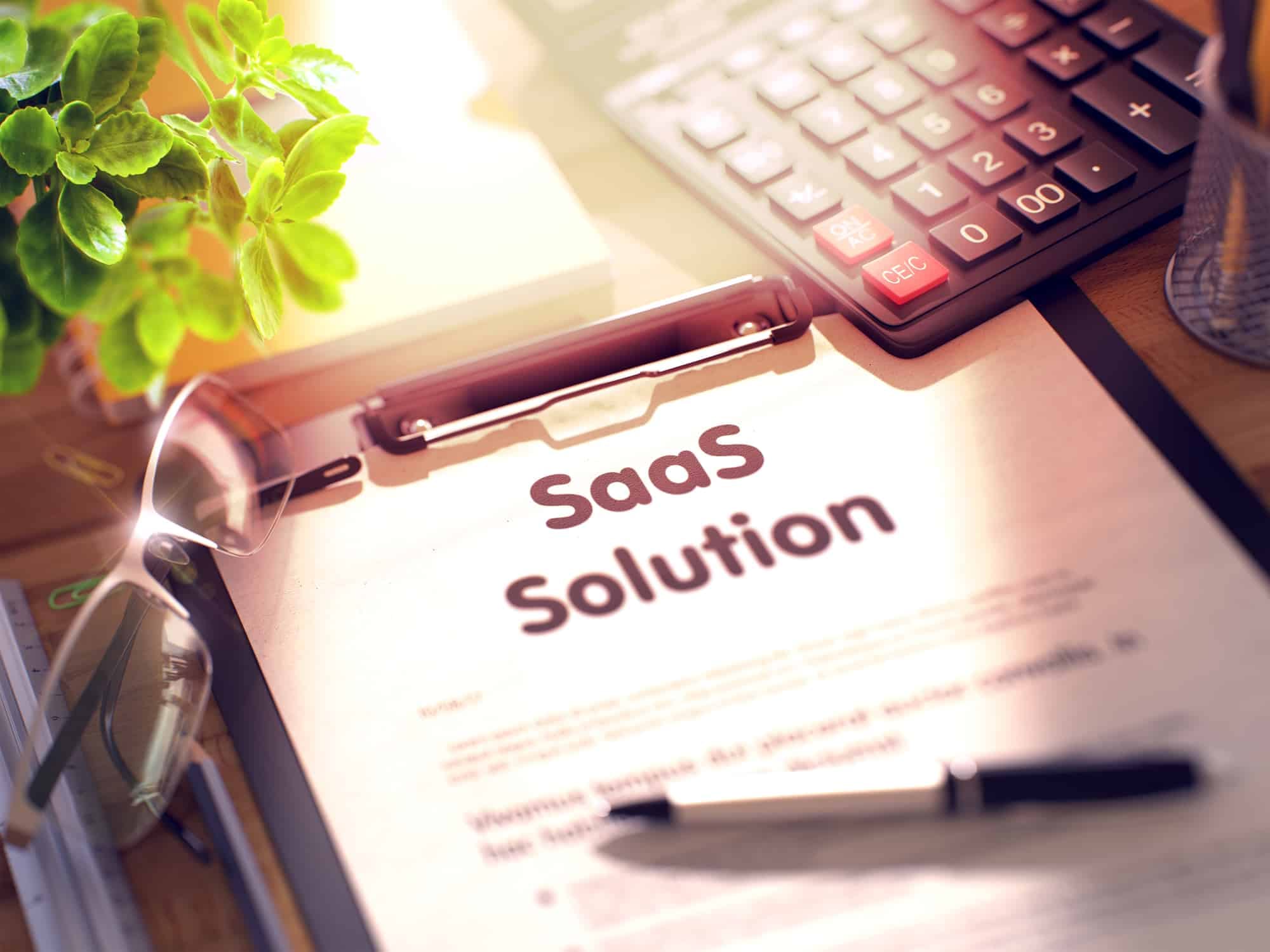
SaaS Business Model: Users' Perspective
We have covered the SaaS model from the seller's perspective. However, now we will look at the SaaS business model from the perspective of those businesses and individuals who use it.
Although the significant shift of 80% of businesses to SaaS shows customers' satisfaction with the model. However, in this section, we will take a look at some of the things users of SaaS consider before using it.
Pros of using SaaS
Every product has both pros and cons. In this section, we will be telling you some of the advantages of using SaaS.
Easy to Access
One of the key advantages of being a SaaS user is that you can easily access your software or application with any device. Since it is operated online, without installation. Hence, all you need to access it is the internet.
Cost Efficient
Subscribing to SaaS instead of purchasing other software made by traditional companies is cheaper, similar to features provided by other software. The software provided by traditional companies is way too expensive to be bought when you can get your work done through SaaS.
Automatic Upgrades
When working with applications and software, people don't have time to upgrade their software by themselves. SaaS providers handle the software and hardware updates to counter this problem, deploying these upgrades centrally to your software. This saves you the hassle of managing it yourself and removes the need to be everywhere at once.
Cons of Using SaaS
Now that we have discussed the pros, under this heading, we will be discussing some of the drawbacks of using SaaS.
Data Concerns
One thing that worries SaaS users is the concerns about their data. Since SaaS is linked with the cloud, all the data is uploaded to the cloud. After the recent data breach scandals, people are scared to store their data online.
Limited Features
SaaS offers plenty of features to its users. However, they are still not equal to what other traditional software companies offer. Since SaaS is cheap, it doesn't offer all the features. On the other hand, on-premises offer a broad toolset.
Reliance on the Internet
Since SaaS is not installed, it is operated online. As a result, SaaS users have to rely on the internet to access it. However, this acts as a limitation to access SaaS if the internet is unavailable at any time.
Things to Consider Before Switching to SaaS
Although SaaS looks very interesting and easy to use, that doesn't mean every consumer should switch to SaaS instantly. However, some factors should be considered before switching to SaaS.
In this section, we will be looking at some critical factors for businesses or consumers if they plan to switch to SaaS.
Are You Ready For Change?
Before thinking about switching, ask yourself, are you or your business ready for the change? This question holds significance since using SaaS is different from using other software. Also, switching to SaaS might affect your work quality if you are more comfortable using on-premises.
Do You Have the Required Resources?
The resources needed to use SaaS are different from using other software. To use SaaS, you must have a reliable internet connection because it is operated online. Moreover, you must not have cash flow problems since you'll have to pay for it monthly or annually.
Do You Feel The Need to Switch?
Besides all the other questions, you should also ask yourself if you need to switch to SaaS in the first place or not. For example, suppose you are currently using some other software and working productively without any problem. In that case, you should stick with what you are doing for the time being, or switching might affect your productivity.
Challenges While Switching to SaaS
Imagine you are switching to SaaS for the first time. There will definitely be some challenges that you'll have to face. Let's have a look at them.
Time Needed to Get Used to It
As we have discussed throughout, SaaS differs from other software made by traditional software houses. Therefore, getting used to SaaS requires some time. Initially, it may seem complicated, and productivity may decrease significantly. However, in the long run, you'll get used to it.
Workforce Might Not Be Comfortable Using It
Imagine running a business, and suddenly you have decided to switch to SaaS. You might favor using SaaS, but what if the workforce is uncomfortable using it? The workforce in a business includes all sorts of people, and some workers may not be happy with this change. As a result, the performance of the business would get affected.
Cash Flow Problems
If a business plans to switch to SaaS, it must not have cash flow problems since SaaS requires monthly or annual payments. If a business suffers from cash flow problems, a delay in the payment will lead to disruption in work.
How SaaS Affects Business Costs
While making business decisions, everything comes down to costs. The costs of using SaaS and on-premises vary. SaaS is more cost-efficient since it is cheaper than on-premises.
SaaS users only have to pay a small monthly or annual subscription fee. On the other hand, a heavy license fee is paid on-premises. Furthermore, SaaS doesn't ask for a further maintenance fee after accessing the program. On the other hand, most on-premises ask for a 20% maintenance fee.
Although the SaaS model seems to be cheaper than on-premises. However, it depends on what to use, the number of users, and other things that vary from business to business.
How Using SaaS Model Can Benefit Businesses
Businesses are always looking to grow and maximize their profits. This section will discuss how businesses can benefit from the SaaS model.
Cuts Down the Cost of Operations
One of the benefits of using a SaaS business model is that it makes products and services more affordable, especially for small businesses. Moreover, the SaaS model is also considered to be cheaper than on-premises. As a result, the cost of operation of businesses is cut down.
Provides Data Security
SaaS models allow customers to store and back up data on internet servers and access that data from different devices. Moreover, through cloud technology, SaaS provides high-quality data security solutions for clients, involving tools such as multi-factor authentication and anti-phishing programs.
Avoids Unnecessary Cost
SaaS businesses offer subscription plans that provide significant flexibility to customers. With these subscription plans, customers pay only when using the product or service, which allows them to avoid upfront costs.
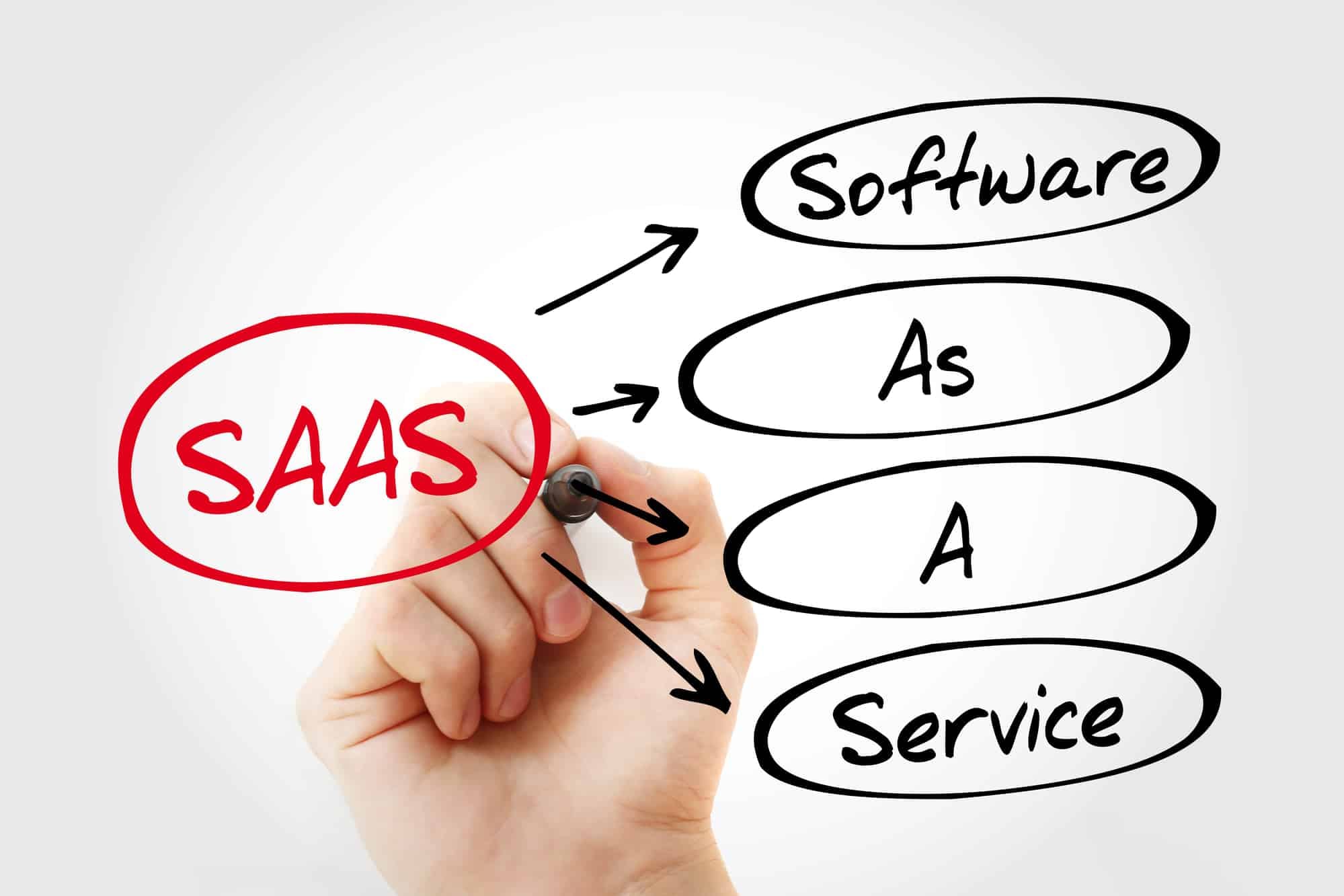
SaaS Business Model: Final Word
This article made you aware of the perspective of SaaS companies and their users. In this article, we discussed the SaaS business model and its significance.
The word "SaaS" stands for software as a service. In the SaaS business model, companies develop software and let people use it after paying a subscription fee.
One of the main differences between SaaS and on-premises is that SaaS doesn't need installation; it is instead used online. The data in the SaaS model is saved in the cloud. Since SaaS is considered more efficient and helpful, 80% of businesses have switched to SaaS.
SaaS companies make money mainly by subscription fees. Moreover, SaaS companies introduce different pricing models that help in increasing revenue. There are many examples of SaaS companies in recent times, such as Google G suite, Netflix, and Salesforce.
SaaS companies seem to be in a very good position since their customer base is increasing daily. On the other hand, SaaS users are weighing the pros and cons of the SaaS model before switching.
There are many ways through which the SaaS model can benefit businesses. However, there are a lot of things that need to be considered by the users before switching. We hope this article will spread awareness about the SaaS business model and make you understand both the user and SaaS companies' perspectives.


